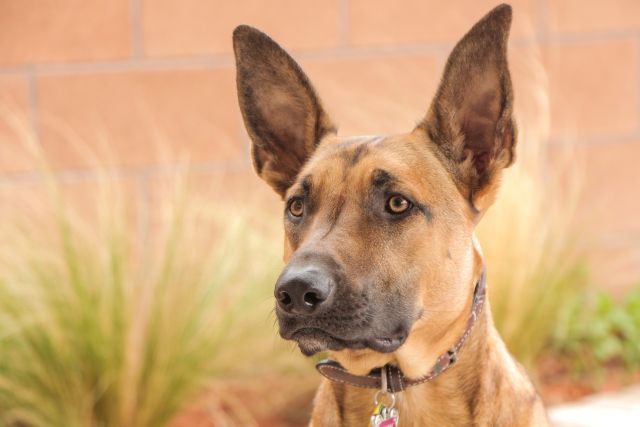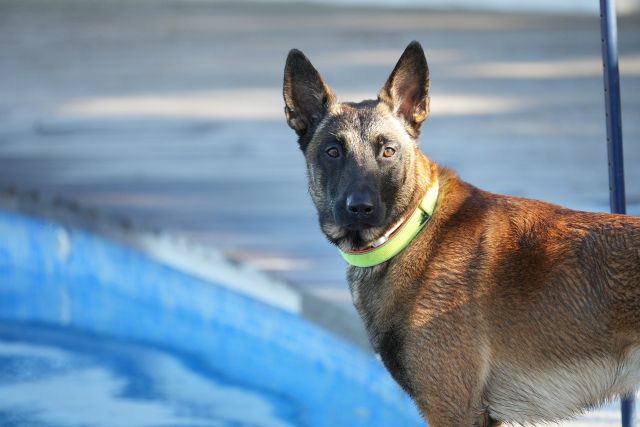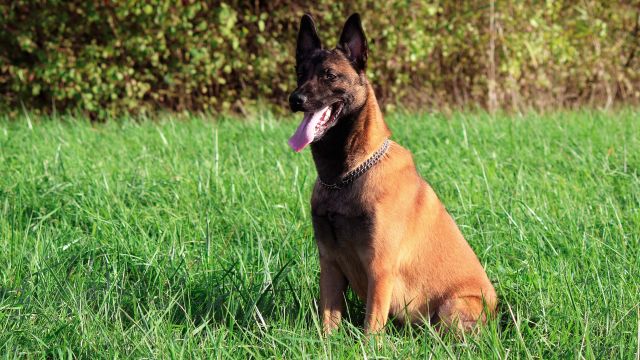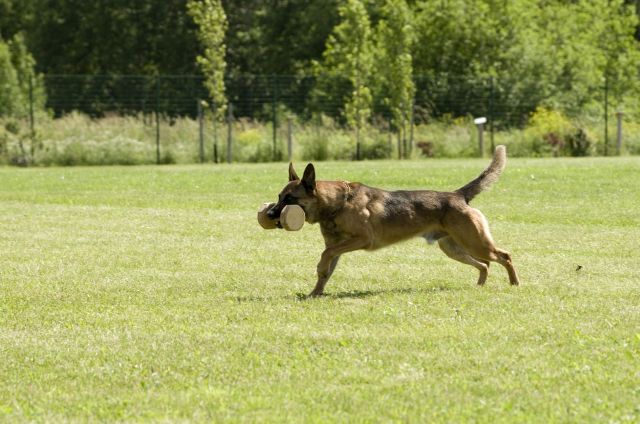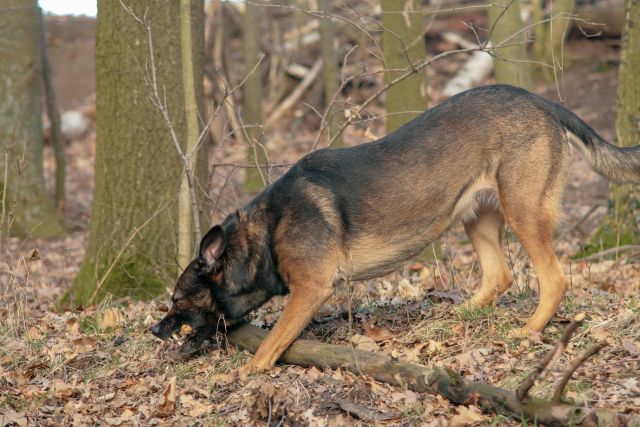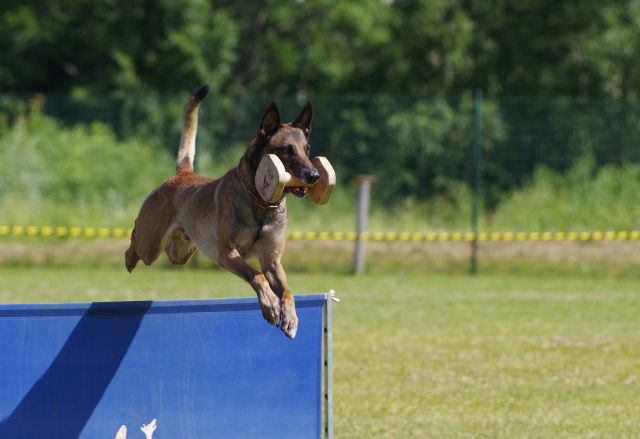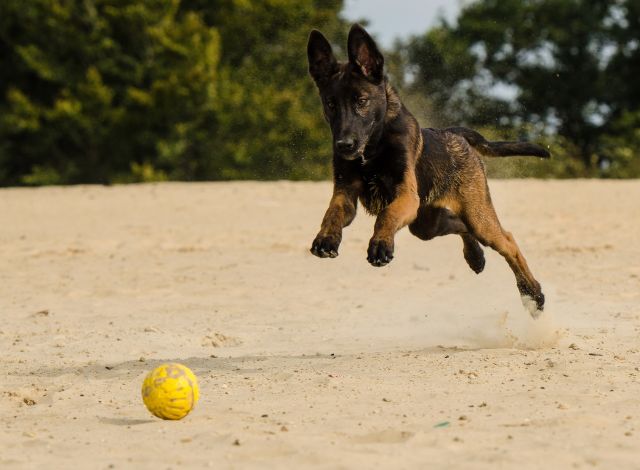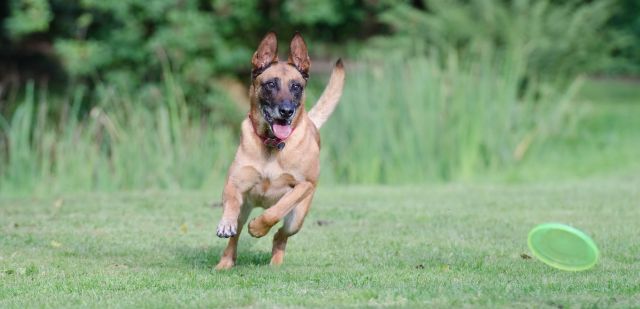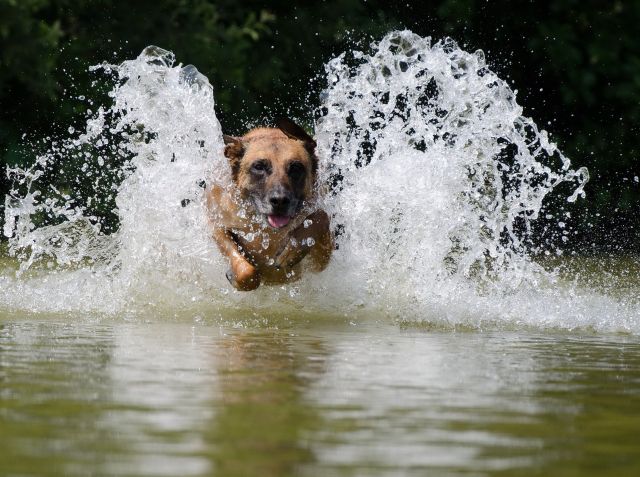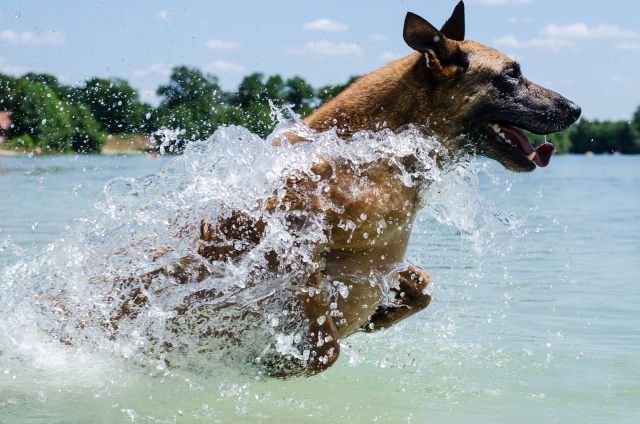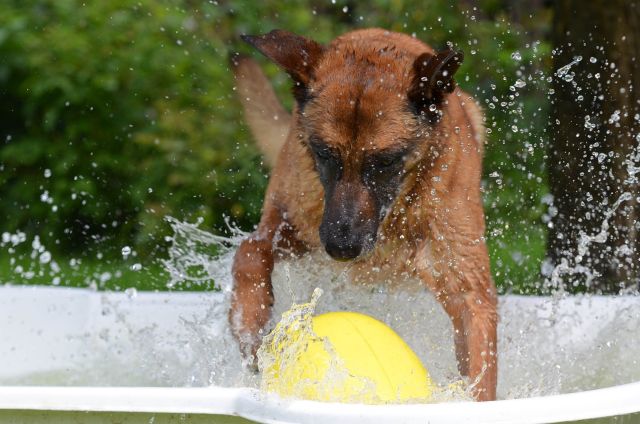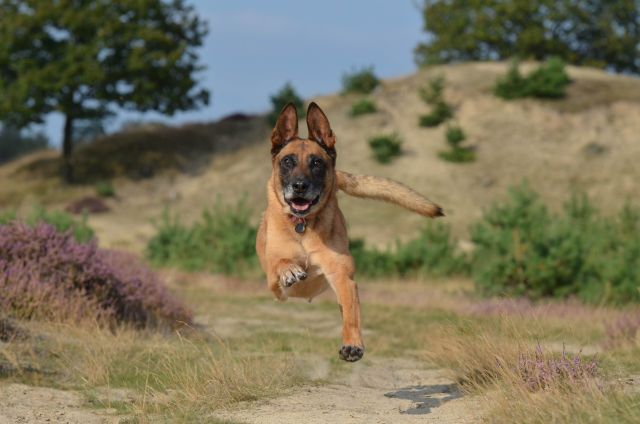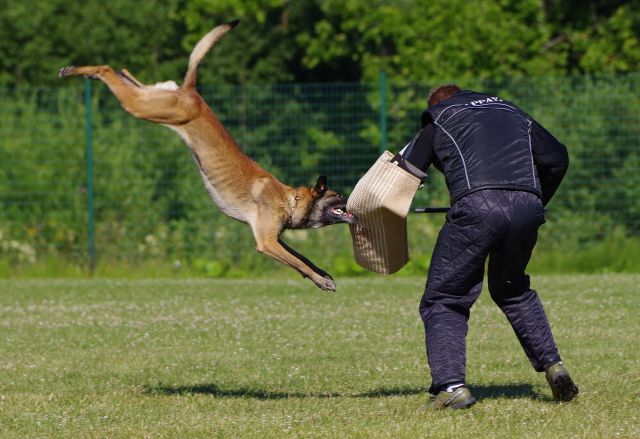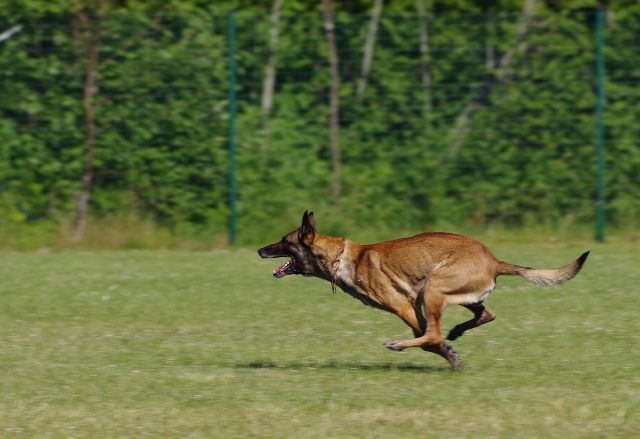The Belgian Malinois, also known as the Malinois or Belgian Shepherd Dog, is one of the four varieties of Belgian Shepherd dogs along with the Tervuren, Groenendael, and Laekenois.
Origin
The Belgian Malinois dog originated in Belgium. The breed’s name is derived from the Belgian city of Malines, where it was primarily developed.
The Belgian Malinois was first bred in the late 19th century for herding and guarding purposes. Belgian shepherds were highly valued for their working abilities and versatility. They were used by farmers and shepherds to manage livestock, particularly sheep, and to protect their property.
The breed’s development was driven by a desire to create a dog with exceptional intelligence, endurance, and agility. Breeders selectively crossed local herding dogs with other breeds, including the Dutch Shepherd, to enhance the desired traits. The result was a breed that possessed the skills necessary for herding and guarding livestock in the Belgian countryside.
As time went on, the Belgian Malinois gained recognition beyond its original purpose. Its remarkable intelligence and trainability made it well-suited for various tasks, such as police work, search and rescue, and military operations. Today, the breed is highly regarded for its working abilities and is widely utilized in law enforcement agencies around the world.
The Belgian Malinois’ origins as a herding and working dog have shaped its temperament and physical characteristics. Their heritage as skilled herders has endowed them with traits such as high energy levels, a strong work drive, and an instinct for protection. These qualities make them excellent working dogs, but they also require an experienced and dedicated owner who can provide them with proper training, mental stimulation, and physical exercise.
Appearance
The Belgian Malinois is a medium-to-large-sized dog breed that possesses an athletic and well-proportioned body. Males typically stand between 24 to 26 inches (61 to 66 cm) at the shoulder, while females are slightly smaller, ranging from 22 to 24 inches (56 to 61 cm). They have a strong and muscular build that reflects their working heritage.
The Malinois has a sleek and elegant appearance, with a confident and alert expression. Their head is well-proportioned to the body and is adorned with triangular-shaped ears that are erect and attentive. The breed’s eyes are medium-sized and dark in color, reflecting their intelligence and focus.
One of the distinctive features of the Belgian Malinois is its short and dense coat, which lies close to the body. The coloration of the coat typically ranges from fawn to mahogany with black markings on the ears, muzzle, and tail. Some Malinois may have a small amount of white on the chest or toes, although excessive white is considered a fault in show standards.
The Malinois has a graceful and agile gait, reflecting its natural athleticism and endurance. Their body is well-muscled and streamlined, allowing them to move with speed and precision. The breed’s overall appearance conveys strength, agility, and alertness, making it an impressive sight to behold.
In summary, the Belgian Malinois boasts a striking appearance that perfectly complements its working abilities. Its well-built and proportioned body, combined with its short and dense coat, reflects its athletic nature and endurance. The breed’s confident and attentive expression showcases its intelligence and alertness, making the Belgian Malinois an impressive and visually captivating dog.
Temperament
The Belgian Malinois is a breed known for its intelligence, versatility, and strong work ethic. They are highly energetic and require regular mental and physical stimulation to keep them satisfied. As a herding and working breed, the Malinois possesses a focused and driven temperament that makes them excel in various activities.
This breed is incredibly intelligent and quick to learn, which makes them highly trainable. They are known for their problem-solving abilities and can quickly grasp new commands and tasks. Their intelligence also means they require mental stimulation and enrichment to prevent boredom and potentially destructive behaviors.
Belgian Malinois dogs are renowned for their loyalty and devotion to their families. They form strong bonds with their owners and are protective of their loved ones. They are often reserved or aloof with strangers, making them excellent watchdogs. Early socialization is essential to ensure they can differentiate between genuine threats and normal social encounters.
With their strong work drive and instinct, the Belgian Malinois thrives when given a job or task to perform. They excel in various canine sports and working roles such as obedience, agility, tracking, scent work, and protection work. These dogs are happiest when they have a purpose and can utilize their skills.
It is important to note that the Belgian Malinois is an active and high-energy breed that requires plenty of exercise and mental stimulation. They are not well-suited for sedentary or inexperienced owners. Adequate outlets for their energy, such as long walks, runs, playtime, and engaging training sessions, are crucial to maintain their mental and emotional well-being.
While the Belgian Malinois is an affectionate and loyal breed, their intense drive and energy levels may not be suitable for every household. They thrive in homes where their working abilities are harnessed and appreciated. Responsible ownership, training, and socialization are key to fostering a well-rounded and balanced Belgian Malinois.
Grooming
The Belgian Malinois has a short, dense coat that is relatively easy to maintain. Their coat provides good protection against the elements and requires minimal grooming compared to breeds with longer or more profuse coats.
Regular brushing is recommended to keep the Malinois’ coat in good condition. A weekly brushing with a firm bristle brush or a grooming mitt will help remove loose hair, dirt, and debris from their coat. It will also help distribute natural oils, promoting a healthy shine. During shedding seasons, which usually occur twice a year, more frequent brushing may be necessary to manage the increased amount of loose hair.
The Malinois does not typically require frequent baths unless they get particularly dirty or develop an odor. Bathing too frequently can strip their coat of its natural oils, which help keep their skin and coat healthy. When bathing, it’s important to use a mild dog shampoo that won’t irritate their skin.
As with all breeds, regular maintenance of their ears, teeth, and nails is essential. Checking and cleaning their ears regularly helps prevent the buildup of wax and debris, reducing the risk of ear infections. Brushing their teeth several times a week or providing them with dental treats helps maintain good oral hygiene. Regular nail trims are also necessary to keep their nails at a comfortable length, preventing discomfort or potential injuries.
The Belgian Malinois’ grooming needs are relatively straightforward, requiring basic maintenance to keep them looking and feeling their best. Additionally, regular grooming sessions provide an opportunity for you to inspect their coat, skin, and overall health, allowing you to detect any potential issues early on.
Health
The Belgian Malinois is generally a healthy and robust breed with a lifespan of around 12 to 14 years. However, like all breeds, they can be prone to certain health issues that potential owners should be aware of.
One common health concern in Belgian Malinois dogs is hip dysplasia, a genetic condition that affects the hip joints. It occurs when the hip socket and the thighbone do not fit together properly, leading to discomfort and eventually arthritis. Responsible breeders will conduct hip screenings on their breeding dogs to help minimize the risk of hip dysplasia in their offspring.
Another health issue that can affect Belgian Malinois is elbow dysplasia, which is similar to hip dysplasia but affects the elbow joint. This condition can cause lameness and discomfort in the affected limb. Regular exercise and maintaining a healthy weight can help reduce the risk of developing elbow dysplasia.
Belgian Malinois may also be prone to certain eye conditions, including progressive retinal atrophy (PRA), cataracts, and corneal dystrophy. These conditions can lead to vision impairment or blindness. Regular eye examinations by a veterinarian can help detect these issues early on.
Additionally, some Belgian Malinois may be susceptible to allergies, skin conditions, and gastric torsion (bloat). Proper diet, regular exercise, and routine veterinary care are important in maintaining their overall health and minimizing the risk of these conditions.
To ensure the well-being of your Belgian Malinois, it is crucial to obtain a puppy from a reputable breeder who conducts health screenings on their breeding dogs. Regular veterinary check-ups, a balanced diet, regular exercise, and appropriate training and socialization will help keep your Belgian Malinois in optimal health throughout their lifespan.

